Alpina R4 Ski Boot
£69.99 Original price was: £69.99.£48.99Current price is: £48.99.
- Online assistance, always just a message away.
- Service with a smile, always online.
- Shop with Ease
- Have the best deals

The perfect boot for beginners. Very easy to get on/off and for walking. They are forgiving skis for easily learning to ski.Whether you are a beginner or a skier who is not particularly interested in high-performance, the Alpina R4 is the ideal boot.
EXPERIENCE
Is getting the boots on/off, walking, adjusting the hooks, etc., a problem for you? Are you afraid that your feet will hurt? Are you a beginner or a skier who is not particular interest in high-performance/going fast?
The Alpina R4 is the ideal boot. Thanks to the rear entry configuration, you can get the boots on/off without having to bend down and they are very easy to walk in.
The excellent flexibility makes them very forgiving and they require minimal physical effort.
HOOK ADJUSTMENT
No need for 4 hooks to tighten/adjust the boot! Only one hook is necessary to adjust them. The ratchet offers a wide range of adjustment options with a notch every 5mm.
Once tightened, you can slightly unlock the hook to open the collar more and make walking more easy.
Product limitations
If you are no longer a beginner and you like “sports” skiing… the Alpina R4 is not for you.
Their great flexibility and limited support are perfect for beginners or for recreational skiers who are not seeking to go fast. But they are not for sports skiers seeking support, precision and high-performance.
What is FLEX?
To provide an indication of boot rigidity, brands assign a flex rating to every boot. This figure indicates the rigidity of the boot: the higher its value, the stiffer the shell. A flex below 80 is designed for beginner level skiers. A flex from 80 to 100 is for intermediate skiers. Beyond this value, the products are aimed at advanced skiers. Heavy builds can, however, go up a level.
How do you know if the boot you are trying on is the right size?
Once the foot is in the boot, fasten the buckles to the midpoint. Can you go further? This means the volume of the boot isn’t right for you. Once the boot is closed, you must flex the boots 3 times by pressing hard on the shins (put your hands on your knees to help) and push your heel backwards inside the boot. Stand upright: your foot should touch the end of the shell. When you flex, your foot should move backwards so you can no longer feel the end.
What should you do if you experience foot pain?
1- Choose a technical ski sock that’s thin so it prevents pressure points and promotes blood circulation in the foot.
2- Choose a sole adapted to the shape of your foot to prevent it from being squashed and pressing against the shell. Ask a salesperson in store for advice.
How to store your ski boots?
1- Air your boots by removing the liner that is inside the plastic shells.
2- Fasten the buckles at the first notch to prevent the boots from becoming deformed and, if possible, store them in a boot bag.
3- If possible, store them in a dry place where the temperature will not drop below 10°C. The boot’s plastic will thank you for it!
| SIZE | 24cm |
|---|
Be the first to review “Alpina R4 Ski Boot” Cancel reply
Related products
Ski Boots
Ski Boots
Ski Boots
Ski Boots
Ski Boots
Ski Boots

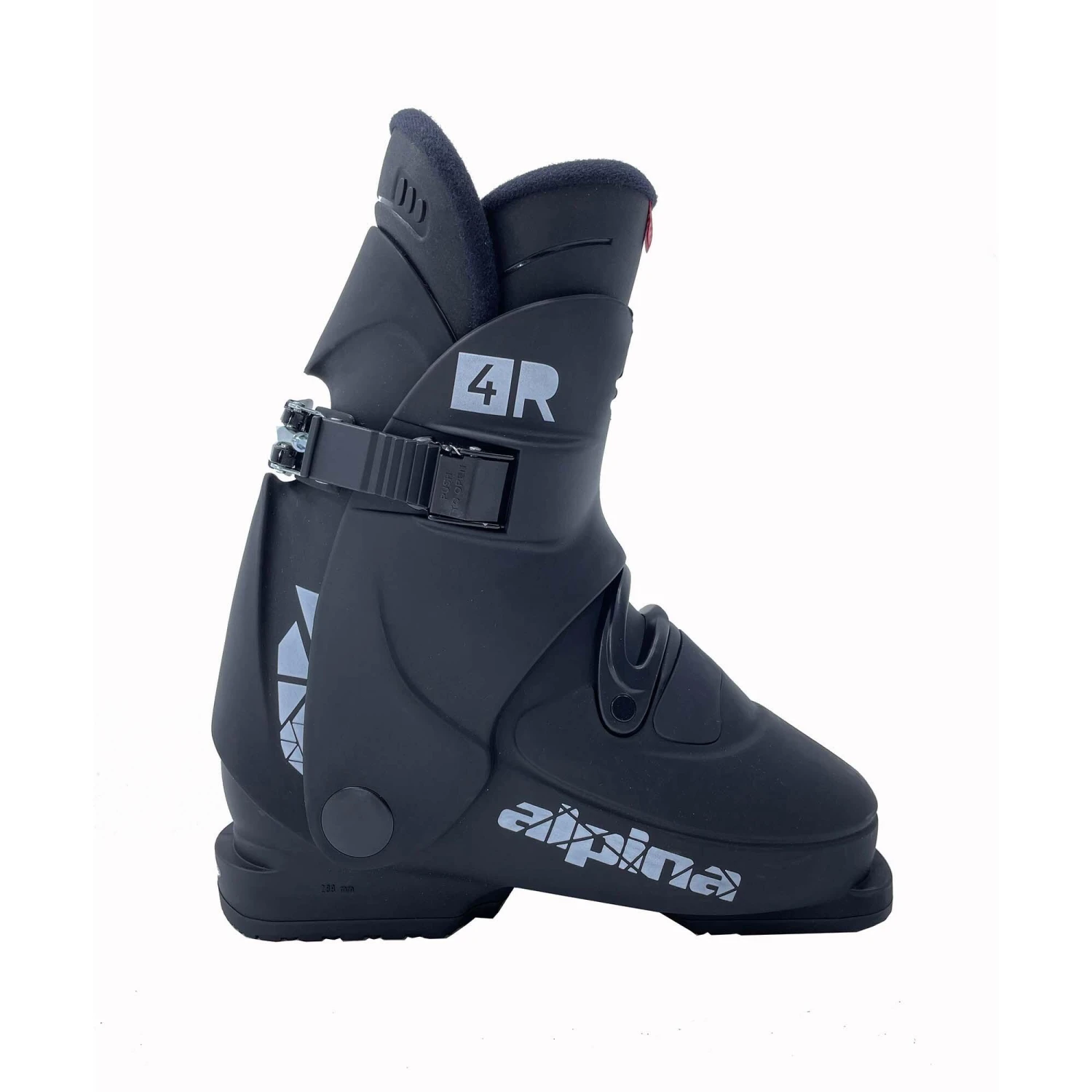


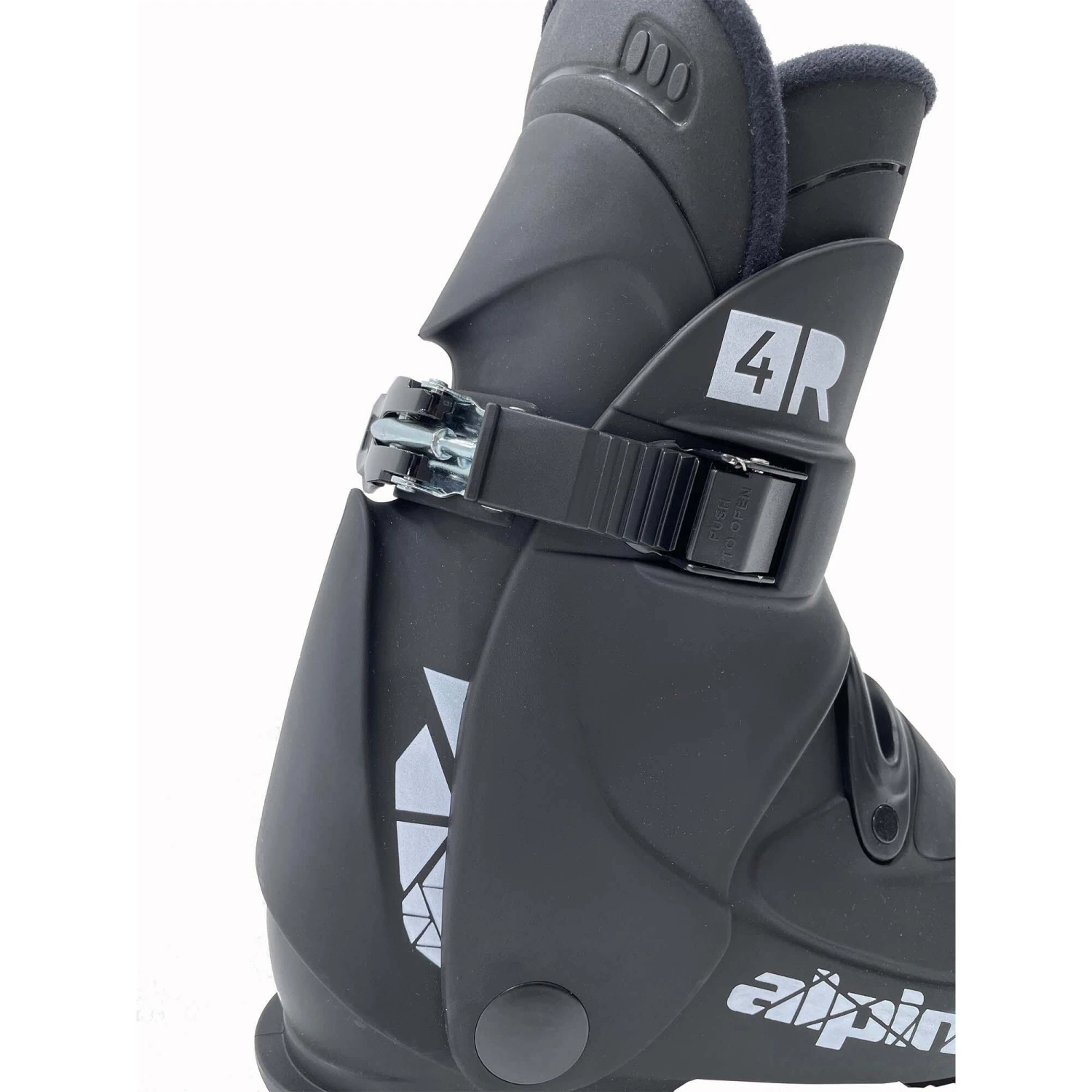

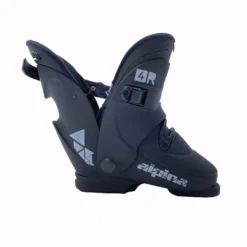

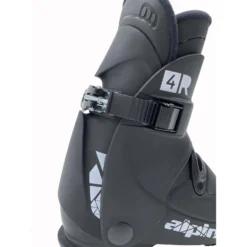
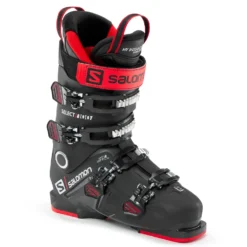
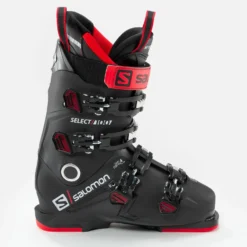

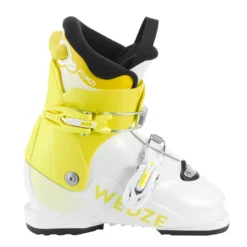
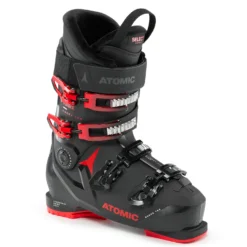
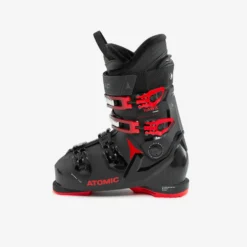

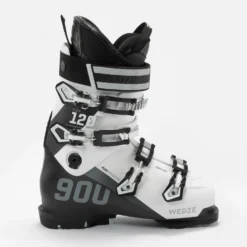
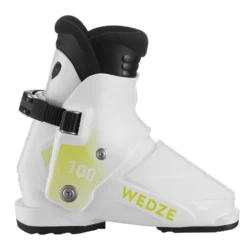
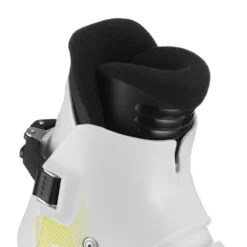
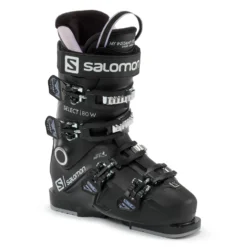
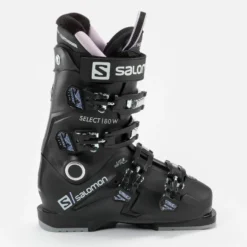
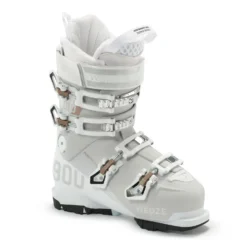
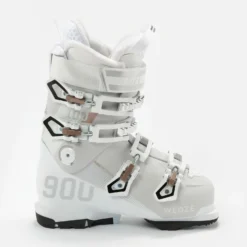
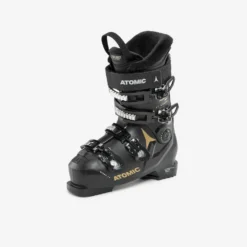

Reviews
There are no reviews yet.